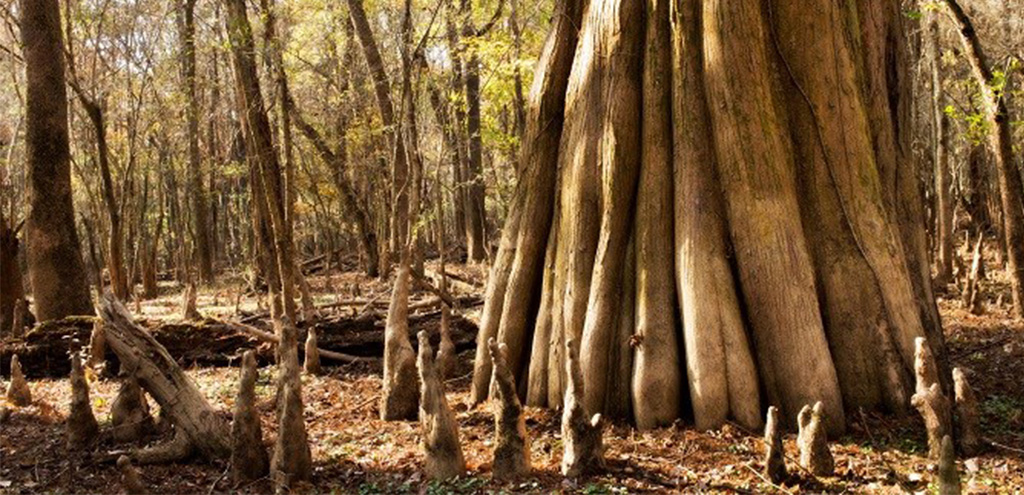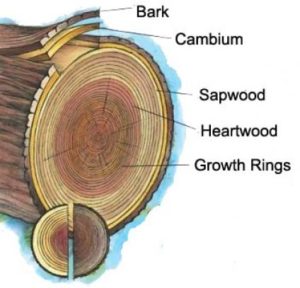THE LEAFLET

Head, Shoulders, Trees, and Toes: Tree Anatomy
You can get as simple or as technical as you’d like (heartwood! Cambium cell layer!) but you probably know more than you think.
Starting from the bottom and moving on up, a tree has roots to anchor it, draw in nutrients and water from the soil, while stabilizing the soil and preventing erosion. A common misconception is that tree roots grow down into the ground when in reality they’re more likely to be found in in the top three feet of soil, in a large area surrounding the tree.
You can get really detailed when discussing a tree’s trunk, but for the most part, it’s the main woody stem of a tree. It’s made up of many layers of cells adapted for strength, resistance to injury and decay, transport of liquids, and storage of starch and other materials.
And finally, there’s the part we all know and love – the leaves and crown. They play an important role in filtering dust and other particles from the air, while also providing shade and reduces the impact of raindrops on the soil below.
Those are the basic parts, but what about some fun bonus “body parts” of trees – knees and ears!

Cypress knees surrounding the main tree trunk.
Knees are typically found in swamp trees like the bald cypress. They’re woody projections that poke out above the normal water level, roughly vertically from the roots. Cypress knees can vary widely in size. The height of the knee seems to be determined by the average water depth and the density of the surrounding soil. The tallest knee on record is 14 feet, found on a tree growing on the shore of the Suwannee River, which flows through Georgia and Florida! The knees are generally solid, but can become hollow over time as they rot.
Why on earth do they exist though? People aren’t sure! It has variously been thought that the knees were key to collecting oxygen, accumulating nutrients or storing carbohydrates, all functions vital to a tree’s survival. Or maybe they have to do with support – perhaps helping anchor their host’s roots in the soft muddy soil where they like to grow. One by one though, each of these theories has been disproved.

Shelf fungi on a rotting tree. Courtesy of Utah State University.
While folks have speculated on the purpose of tree knees, people are more confident about tree ears. Also known as shelf mushrooms growing on the trunks of your trees, these tree ears (or shelf fungi) are signs of disease and rot active in the tree. These fungi enter the tree at wound areas, caused by improper pruning, lightning strikes, windstorms, fire, construction, or other means of tree damage. There is a kind of shelf mushroom known as wood’s ear! There are many types of shelf mushrooms – some are more damaging to the tree, some are less, some are edible, some are definitely not.
